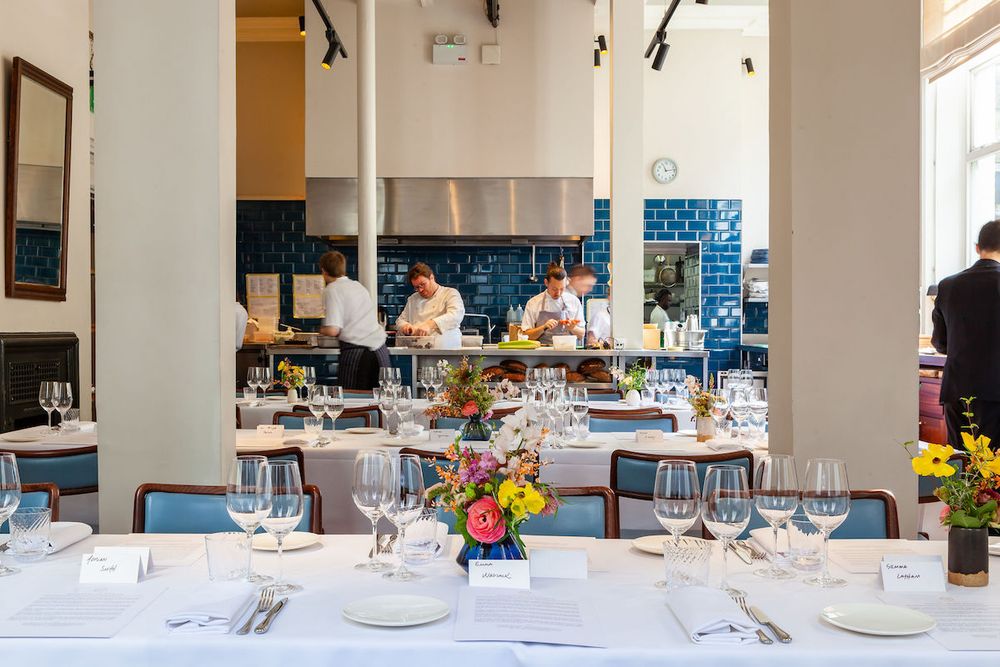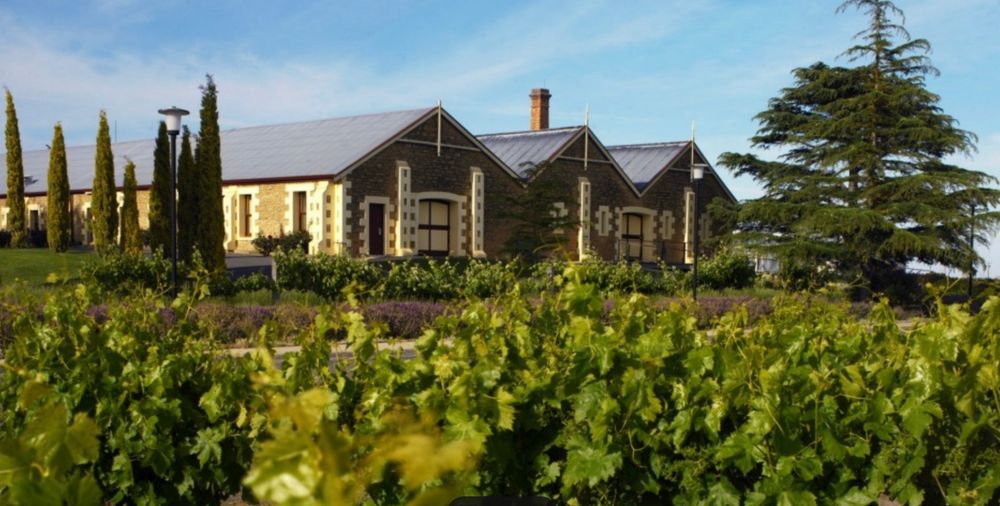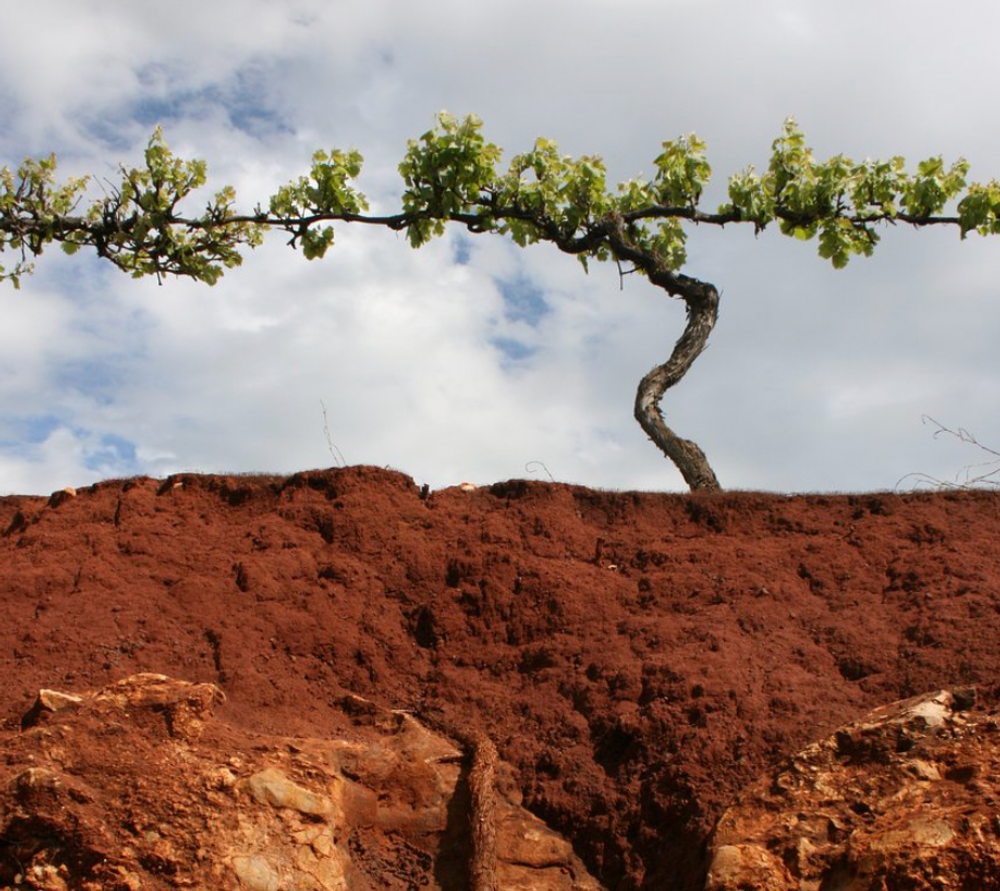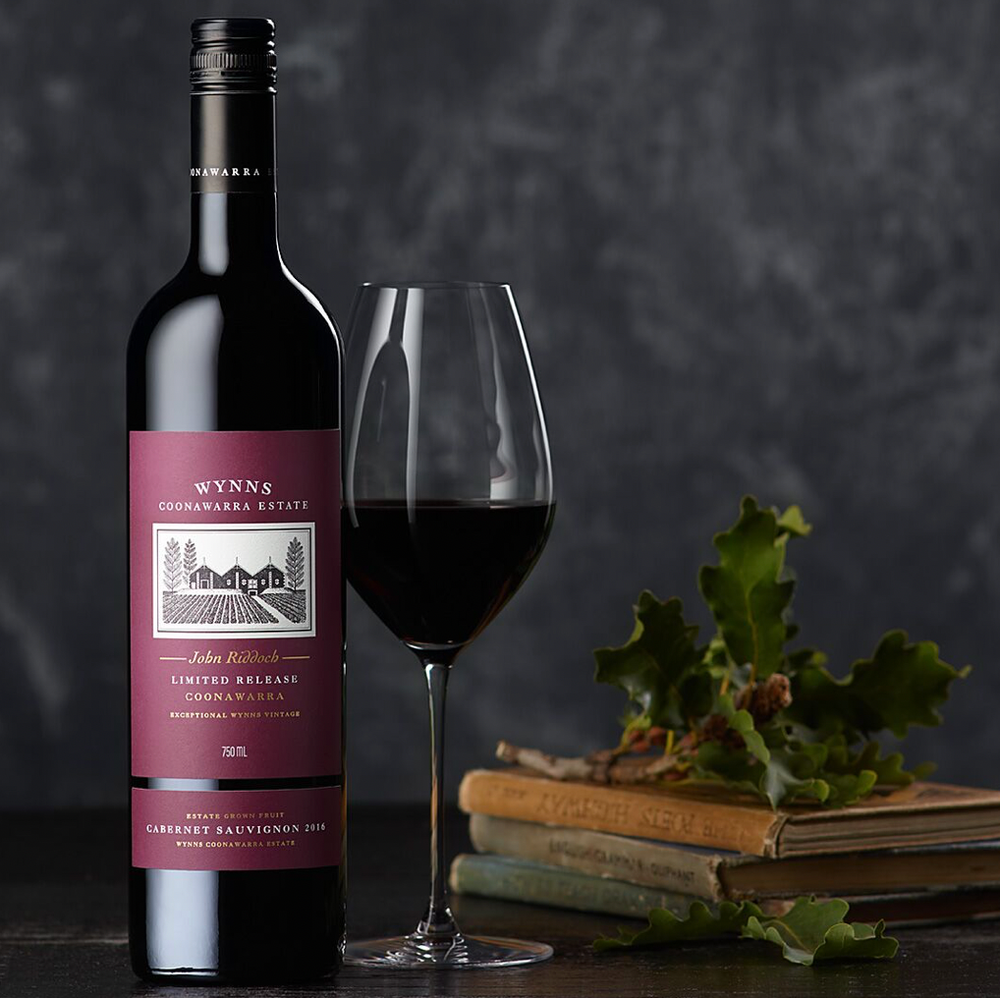The quality of Wynns Coonawarra Estate’ wines shone through in the sommelier panel tasting, but how relevant and suitable are they for premium restaurants in the UK? Find out in Part Two of our Coonawarra debate.
(You can watch the full recording of the debate by clicking here)
To help assess the potential for premium Australian wines, and Coonawarra in particular, The Buyer invited the following leading buyers and sommeliers to take part. The panel included:
- Sonal Clare: general manager, The Wilderness Restaurant
- Emma Denney: assistant head sommelier, The Clove Club
- Jonathan Kleeman: head sommelier, Restaurant Story
- Lenart Cernelic: manager, JB Parkers
- Enrico Marcolungo: store manager, Shrine to the Vine
To help share insights from Wynns and where it sits in the overall Treasury Wine Estates strategy for premium Australia, the session also included:
- Sarah Featherstone: brand manager for Wynns Coonawarra Estate at Treasury Wine Estates
- Sean O’Carroll: business manager for on premise at Treasury Wine Estates.
First impressions
Initially the panel of buyers were happy to share their thoughts on Australian wine in general and where they sit on their lists.
Jonathan Kleeman says the Australia list at the Restaurant Story has wines sitting at between £70 to £120 to £130 with a bigger focus on high quality, smaller producers that have “more of a modern take on Australian wine” that can offer “fine and elegant wines” that sit better with its food – particularly the tasting menus that it offers. Of particular interest, he says, are the Old World varieties that are doing well there like Sangiovese and Nebbiolo and lighter Grenache styles.
He feels the key is to get the balance right between being able to show what modern Australia can do in terms of less intervention winemaking, but also showcasing and celebrating the classic wines that have helped give Australia its name. “I have had a good experience with all the best from Australia,” he says.
Although the Restaurant Story only has 10 tables, its guests have over 300 wines to choose from when they come, adds Kleeman. The plan is to add up to 200 more wines when the restaurant closes to build an extra floor and expand the number of tables it can offer.

The Clove Club looks to have a good mix of premium New World wines and classics like Coonawarra says Emma Denney
Emma Denney says The Clove Club has a similar approach with its list, looking to get a good mix between Old and New World, classic and modern styles. “Coming from New Zealand I like to represent wines that come from the southern Hemisphere,” she says, which is good news for Australia as it has around 50 to 60 Australian wines on its list across red and whites.
“The sweet spot is £120 to £150. We are finding a lot of guests are actually very willing to try Australian wines even if it was something they were not looking for, especially if they can get more value there than the French wines they were looking at.”
It has had good success with Wynns wine at The Clove Club, particularly by the glass, like its 1993 Coonawarra which “went down a treat”.
“I think there is definitely a lot of interest at the moment from guests wanting to explore new regions partially in places like Australia, South Africa and New Zealand.”
But crucially they are looking to do so at that £150 price point where they feel they are getting excellent value for money for the quality of wine.
Lenart Cernelic at JB Parkers in Guernsey says the challenge he has at JB Parkers is that although there is a “lot of money inin Guernsey people like to keep it in their pocket” which is what he looking to change with the wine offered at the restaurant, even with only a 60% margin on its wines to reflect the fact there is no duty tax on the island.
He says out of a 250 bin wine list he has eight Australian wines, but that also reflects the level of experimentation there is amongst his guests. “I have always been a fan of Wynns,” he adds.
The issue Australia has at premium price points is just how much of its entry level wines are available to the consumer at much lower prices, he adds. But he’s determined to try and the cheapest Australian wine he has is on the list at £40? and then goes all the way up to £180.
Clare agrees and fears its “devalues” what the country can really offer having so many cheap wines in the market, particularly when it comes to premium wine.
The Wilderness restaurant has around 100 wines on its list which he says are more on the “conventional” and “classical” side of things – ranging from £40 to around £300 a bottle. Within that Australia sits “really nicely” with what it is trying to do – its Australian wines range from £60 to £100 – and his customers do come with an expectation of what they can get from Australian wines. It is up to them to make sure they have a range that meets those expectations.
“It’s nice to showcase Australian wines and what they can do. There is some great stuff out there.”
Trust and confidence

Sonal Clare says classic wines like from Coonawarra are ideal for tasting menus where guests want to explore and try new things
Clare says it’s very much about gaining the trust and confidence of your customer when it comes to promoting and talking to them about £100 plus wines. But it also helps to have certain wines, like from the Coonawarra, on tasting flight menus where you can show guests something new and different, but with the confidence that they will like it. “Leave it in our hands and we will find you a wine you like,” he says.
Kleeman agrees: “It is about making sure the first wine recommendation you give them really hits the nail on the head.”
But the nature of Restaurant Story as a more ambitious, experimental restaurant means he gets a lot of guests who will ask him to offer and suggest something different.“We get a lot of that now and people wanting to get out of their comfort zone. But not that something that is too outside their wheel house. But people are a little more willing to be lead.”
The beauty Australia has is that it has wines that offer such an amazing value at the high end and guests can be buying, say, a Wynns John Riddoch wine at a quarter of the price they might get if they were buying a similar style wine from another premium wine region in the world like Napa or Bordeaux, says Kleeman. “Even for a higher price wine, you can still sell value.”
Treasury’s Sean O’Caroll, who looks after its on-trade channel, was particularly encouraging to hear the sommeliers talk about the premium price points of up to £150 and above they are successfully charging for premium Australian wines. “A number of Wynns wines fit really well into that.”
Enrico Marcolungo, store manager at Shrine to the Vine, the retail shop owner by the team behind Noble Rot, says its focus is more on Old World wines and any New World alternative has to have a real point of difference to be listed, which is also very much what its customers are looking from from its range. That said he does see strong potential for premium Australian wines as they can also help it offer something more classical.
He is also very keen to see hands off winemaking with a strong focus on sustainability and is looking to list wines that are drinking well and will focus on back vintages to help do that.
The Wynns story

Wynns Estate has been focused on promoting and making premium Coonawarra wines from when it was started in 1951
The Wynns name entered Australian winemaking history in 1951 when two restaurateurs, Samuel and David Wynn, saw the potential in the estate founded by John Riddoch and renamed it the Wynns Coonawarra Estate.
It was their ambition to set Coonawarra up as the premium wine producing region of Australia that both captured the quality of wines it can make, but also its heritage and refined wine, says Wynns UK and EMEA brand manager, Sarah Featherstone.
Wynns has gone on to become one of Australia’s “classic” premium wines and one that has built up a strong profile and image amongst buyers and sommeliers, claims Sean O’Carroll,. It is also, he admits, not at the level of distribution that it should be considering the reputation it has. That’s the reason for the debate, and the challenge of the Treasury team to address, he says.
Treasury is now working closely with Enotria & Coe to help build distribution of Wynns back into the right outlets in the premium on-trade that can really help put the focus on what it is able to do. “They have the ability and the reach to do that.”
The important thing is Wynns can offer premium wines at each of the key price points, with its Coonawarra Shiraz available to the trade for around £10, through to its John Riddoch that is closer to £70.
“The wines are not cheap, but they really over deliver on the quality and the heritage and prestige that these wines have got. Andrew Caillard describes John Riddoch as and Australian first growth and puts it on a tier with Grange. It really is a great place to find some value for your consumers,” says O’Carroll.
The Wynns range
The modern Wynns Coonawarra story lies in the hands of chief winemaker, Sue Hodder, who has headed up the winemaking for 30 years, also works alongside winemaker, Sarah Pidgeon. Together they have played their part in putting Coonawarra on the premium winemaking map in Australia, but they are also very in tune with where the winery has come from, says O’Carroll.
“There is a real focus on the heritage, the history and the traditions, but also a willingness to adapt to modern styles and using technology to improve the quality of the wine.”
Wines tasted

The buyers’ panel had the chance to taste across the Wynns range
Wynns Coonawarra Shiraz 2020
The first vintage of this wine was back in 1952 and the wines being made today come from vines that are 30 to 110 years old. Here it is the bright, fresh acidity that really helps with what is a quite high alcohol wine. Retailing at around £11 it is a great, accessible, drink-now style of Coonawarra Shiraz, says O’Carroll, but can still age well for the next six to seven years. “I’m just knocked out by the quality at this price point.”
Lenart Cernelic, manager at JB Parker in Guernsey, says it is clearly a good quality, value wine, but would not be able to tell it was a Shiraz from Coonawarra. It does not have the typicity of its Cabernet.
“It’s got everything you want from a Shiraz if you are talking about a New World style,” says Sonal Clare general manager at the Wilderness Restaurant in Birmingham. “It’s got the classic eucalyptus flavours, hints of liquorice, black fruit, ripe and warm.”
For him it would be a good “safe” option to have on the list as a great performing Aussie Shiraz as opposed to coming from the Coonawarra specifically.
Wynns The Gables Cabernet Sauvignon 2019.
This is a wine that was specifically introduced to work in the on-trade in 2019, says O’Carroll, as it can be aged, but also is fresh, bright, full of “lovely tannins and great acidity” that can be served and drunk straight on release. It is also a very typical Coonawarra eucalyptus style Cabernet Sauvignon. A lighter style of Coonawarra that people might.
Denney says it’s “super approachable, fresh and with that bit of vibrancy” that you get in the Coonawarra. “It’s where Coonawarra wines and Cabernet Sauvignon can start. I think it is great.”
Marcolungo says the varietal style really comes through and is certainly a reliable wine for the price point and be a wine
Wynns Black Label Cabernet Sauvignon 2019.
Arguably the first icon wine from Wynns which acclaimed Australian wine critic, James Halliday, has described as being one of most important Cabernet Sauvignon in Australia, say O’Carroll.
The first vintage dates back to 1954 and the fruit that goes into today’s wines are the top 20-25% fruit that Wynns has access to, grown on terra rossa soils. It’s a bolder wine, but it still has that freshness and elegance, he adds, it makes it such a collectible wine.

The famous terra rossa soils that are such a feature of Coonawarra
“It’s really fresh,” says Cernelic, who would like to see how it is performing in about three years time. “It’s beautiful.”
“I agree,” says Denney. “I would like to see the development in the wine in five and 10 years. You can tell this is a step up from the Gables. It’s more serious. Everything is a bit more refined and polished. Even young you have that freshness. It’s really beautiful.”
Wynns Michael 2016.
The Michael was one of the first wines that the Wynns’ brothers made going back to 1952. The fruit all comes from vines that are 80 to 140 years old which help with the concentration and quality of the wines, says O’Carroll. It also only comes from the top 2% of fruit.This particular wine still has lots of potential to age and get better over the years with a recommended drinking age of 2036. The 2016 was a warmer year in the region, but with a cooler period just before picking which all helps to the complexity.
“This wine is all about potential and just shows what Shiraz can do in Coonawarra,” says O’Carroll.
Kleeman says the dark, rich textures that run through the wines are really interesting and it is the kind of wine that immediately throws up so many food pairing options. Again a great wine to see that age come through.
Wynns John Riddoch 2016

Wynns iconic John Riddoch wine
Only the best of the best grapes from the top terra rossa soil vineyards go into the John Riddoch – so less than 1% of the top quality fruit. The wine is a wonderful combination of power, but balanced with ripe, juicy fruit, and fine tannins, supported by an “elegant back bone” that comes from the fresh acidity. Decanted, it can be drunk now with food or can be aged for decades and develops so well with time.
Clare says he loves the mocha taste that comes through, and the hazelnut “almost umami flavours that come through”. “I am a big fan of it. It’s a bit of a treat.”
“It has that lovely concentration,” adds Denney. “Again I would love to see some more age and how it develops. It’s really beautiful, it’s got this dark deepness to it, but not too heavy and is still quite smooth. Really nice.”
Marcolungo particularly appreciates the savoury notes in the wine and the extra characters they bring to what Coonawarra can offer.
Kleeman says the Riddoch is a good case for Coonawarra producers releasing library stock into the on-trade. There is so much interest from sommeliers in older vintages, and yet they are so hard to find. He would love to see this particular John Riddoch in a few years time, but can already see its “amazing potential”.
It’s certainly something that Wynns, Treasury and Enotria are looking to do, says O’Carroll, and is good to hear how much interest there could be in older vintages of some of these wines.
The quality level of the Michael and John Riddoch are so high that if the vintage does not allow the winemakers to reach those levels, they will not make the wines. Simple as that. “That’s why these wines are so important to the winemakers,” says Featherstone.
Summary

Our thanks go to our sommelier panel and the team from Wynns Estate and Treasury Wine Estates
The panel was universally impressed by the quality and range of wines shown. “I could easily sell them all,” says Cernelic. For him it was the Gables that would sell the most as it has the best quality to value ratio.
“I thoroughly enjoyed them all,” says Clare, who really appreciated the “elegance and balance” that came through in wines that are still so young for the area.
Denney says it had been “amazing” to taste through a wider range of Wynns and see what it has to offer. Again she sees The Gables as a “super approachable” wine with a price point that would “make it a really easy sell” on a wine list and the way to get her guests into “appreciating Coonawarra styles”.
Whilst “all of them are fantastic,” it’s good to see there is the depth of range so that you have the super premium Michael and John Riddoch wines supported by more consumer friendly, but stillgreat quality wines further down the range, says Denney.
Kleeman says it was the “meaty, savoury” elements to the wine that were more of a surprise to him and fit really nicely into the Old World savoury wines that sommeliers are looking for. He is also very interested to see how these wines develop over the years.
Coonawarra facts and figures:
- Total vineyard area: 5,784 hectares
- Altitude: 51-127m
- Growing season rainfall: 260mm
- Mean harvest temperature: 20.1 degrees Celsius
- It has a cool, maritime climate with cold winters and cool summer night.
- Cloud cover helps balance out temperatures.
- Flat region dominated by terra rossa soils with a thin iron-oxide based top soil over limestone.
- You can read part one of our report here.
- To find our more about Wynns and its range of wines click here.









































